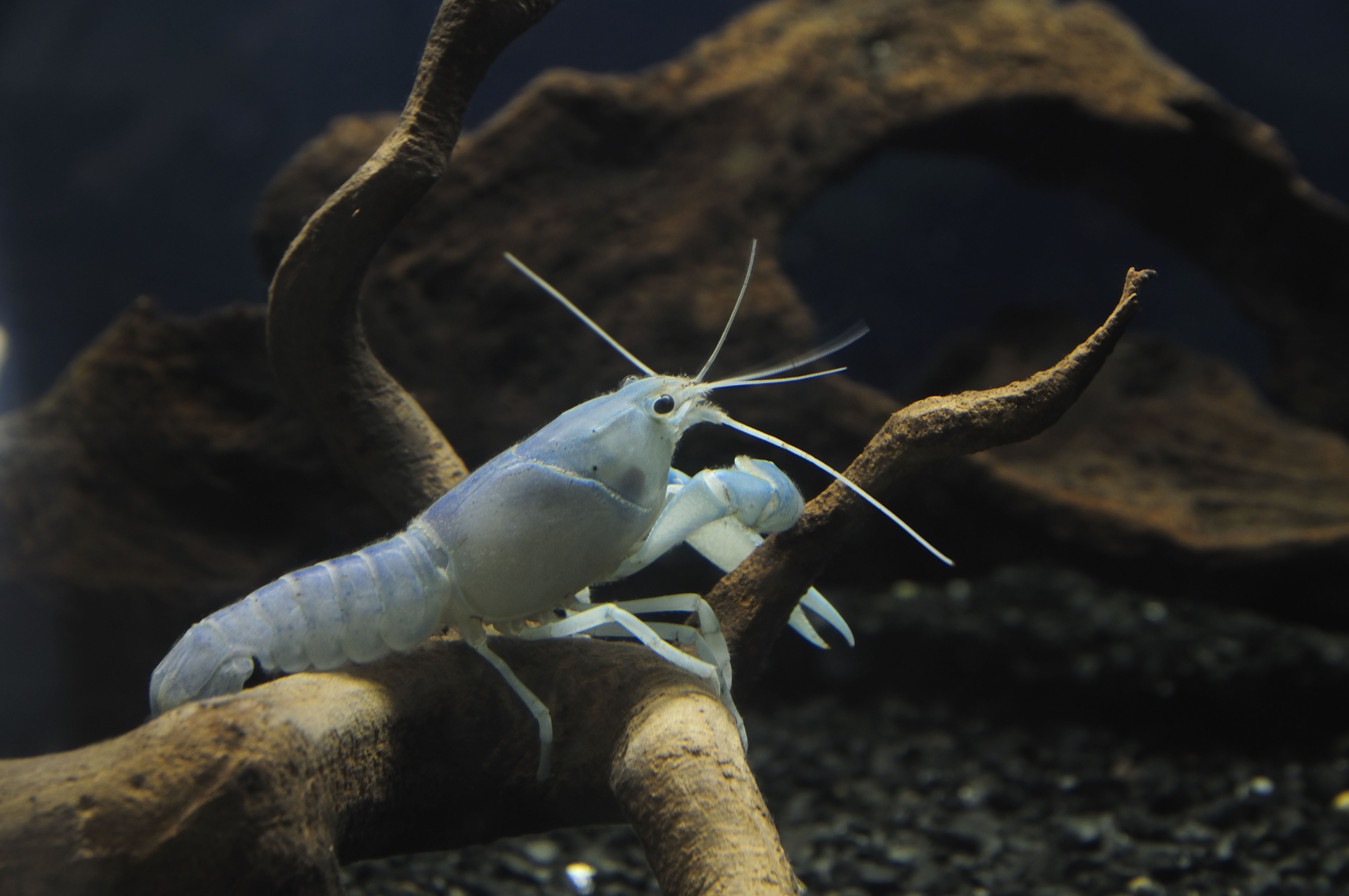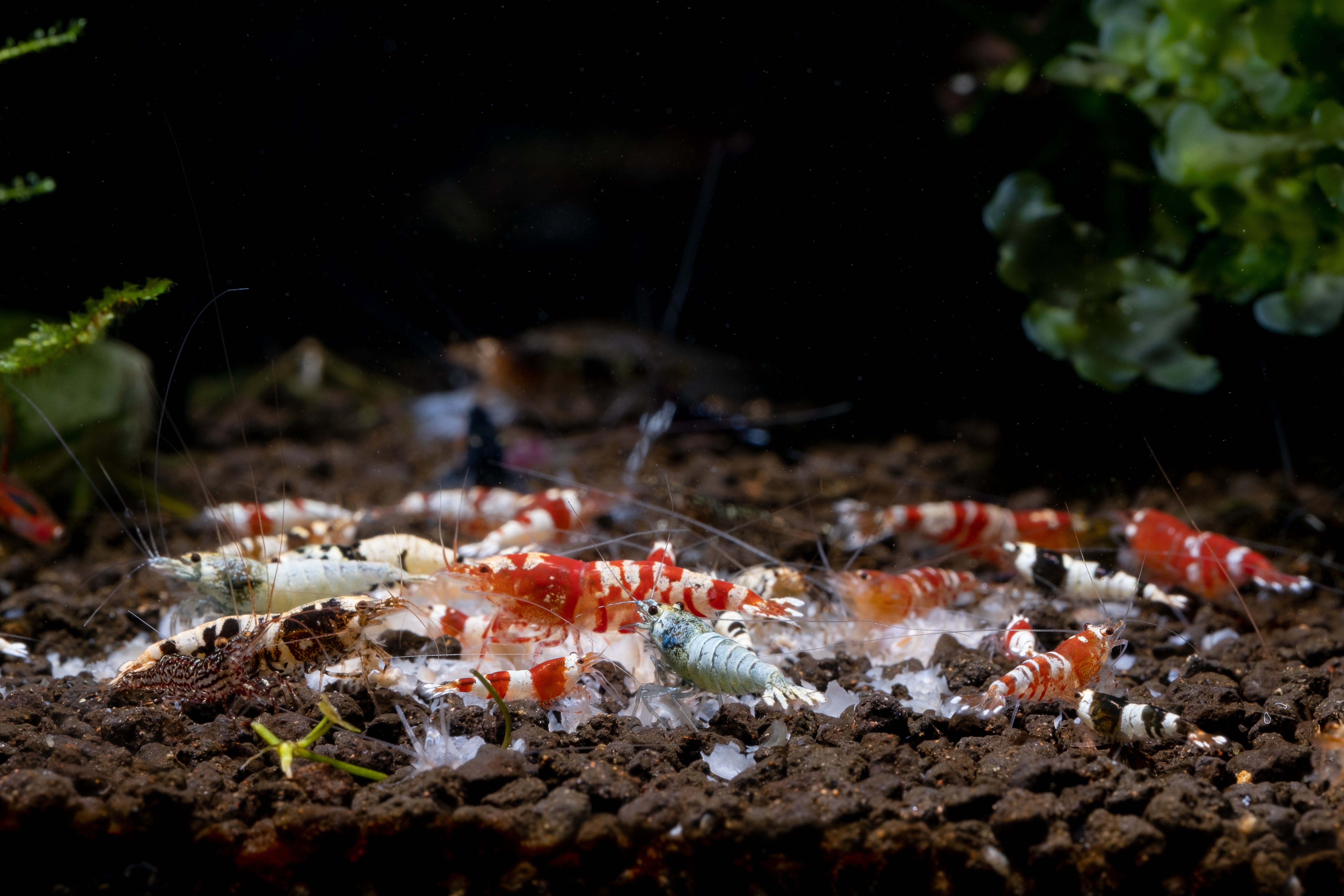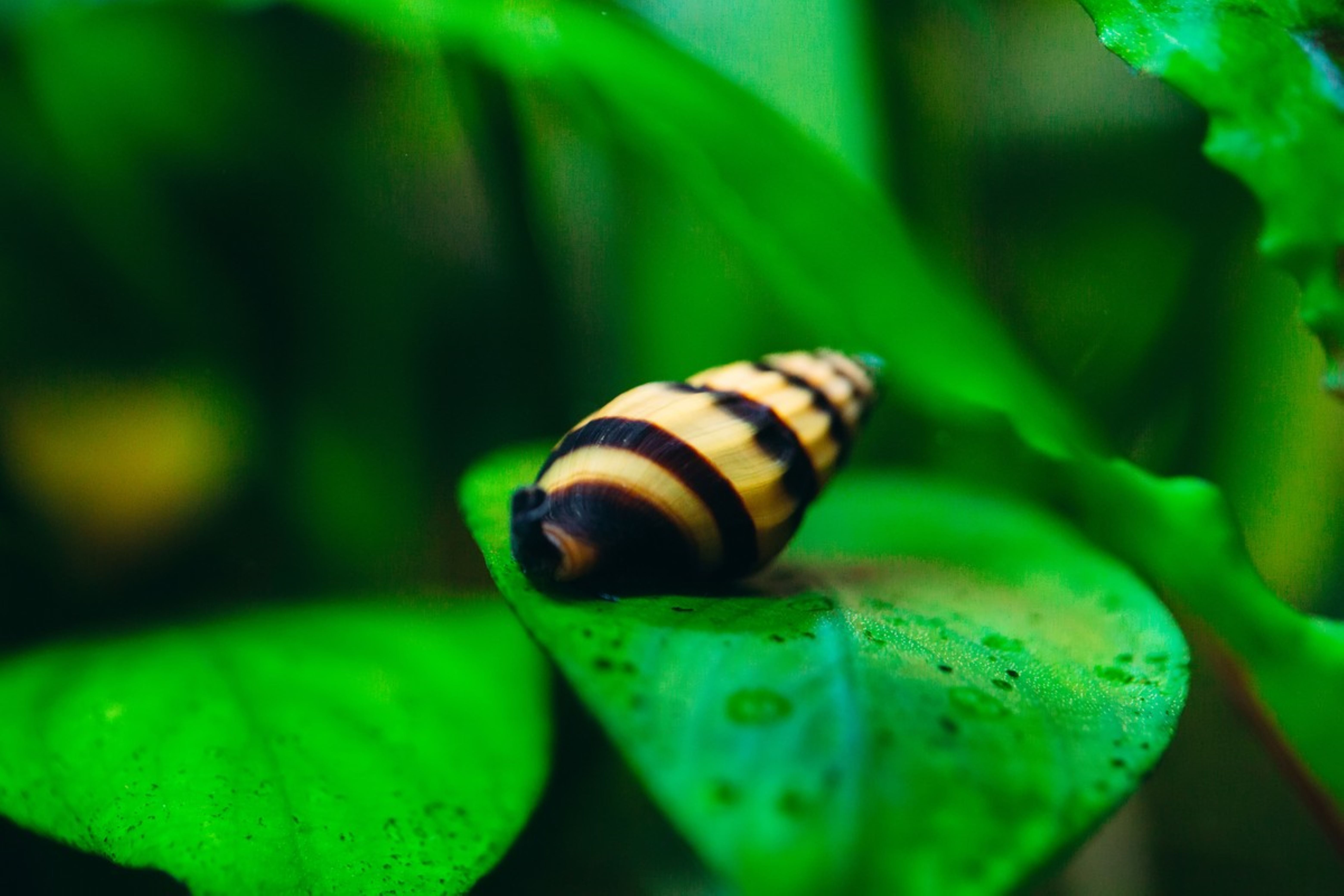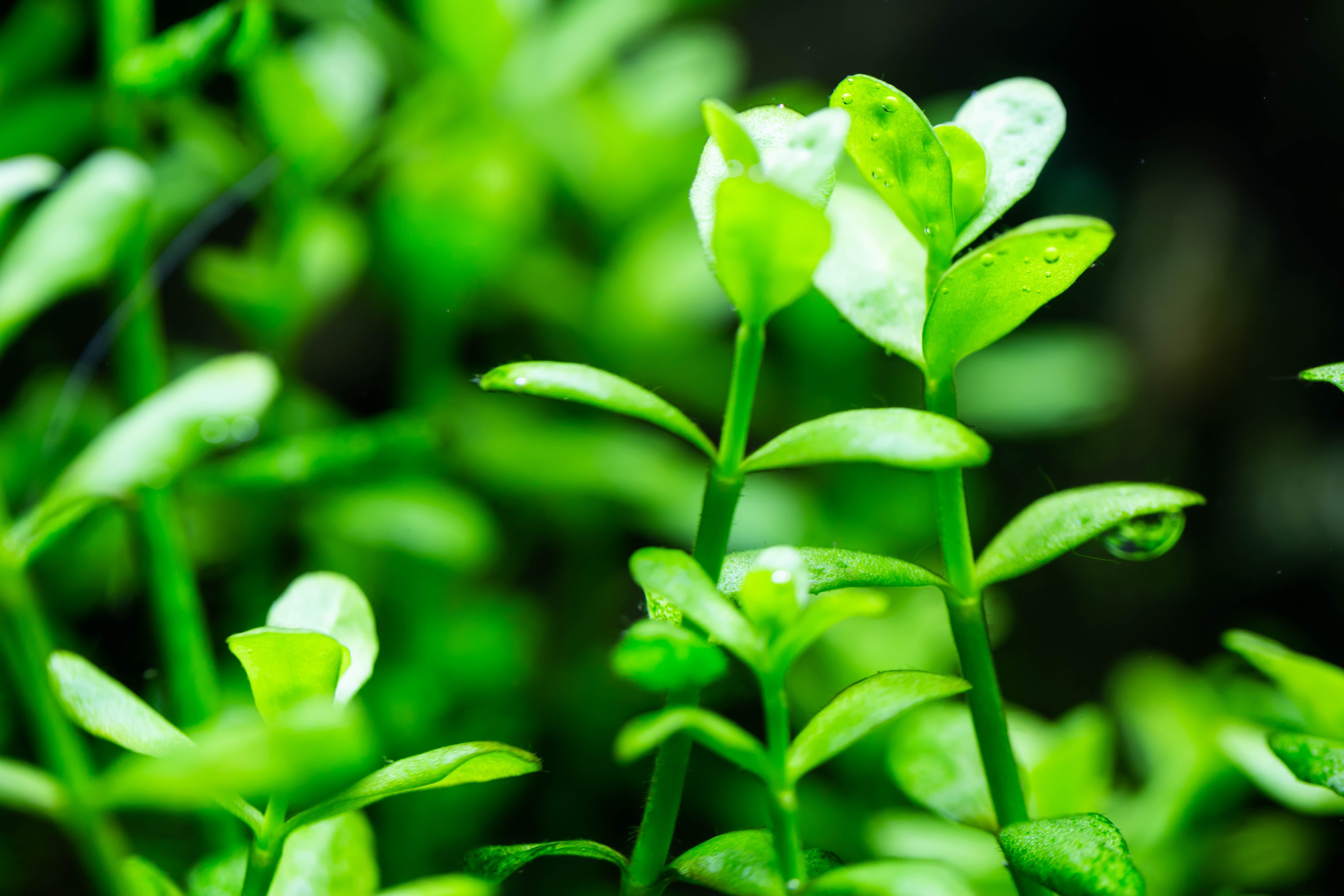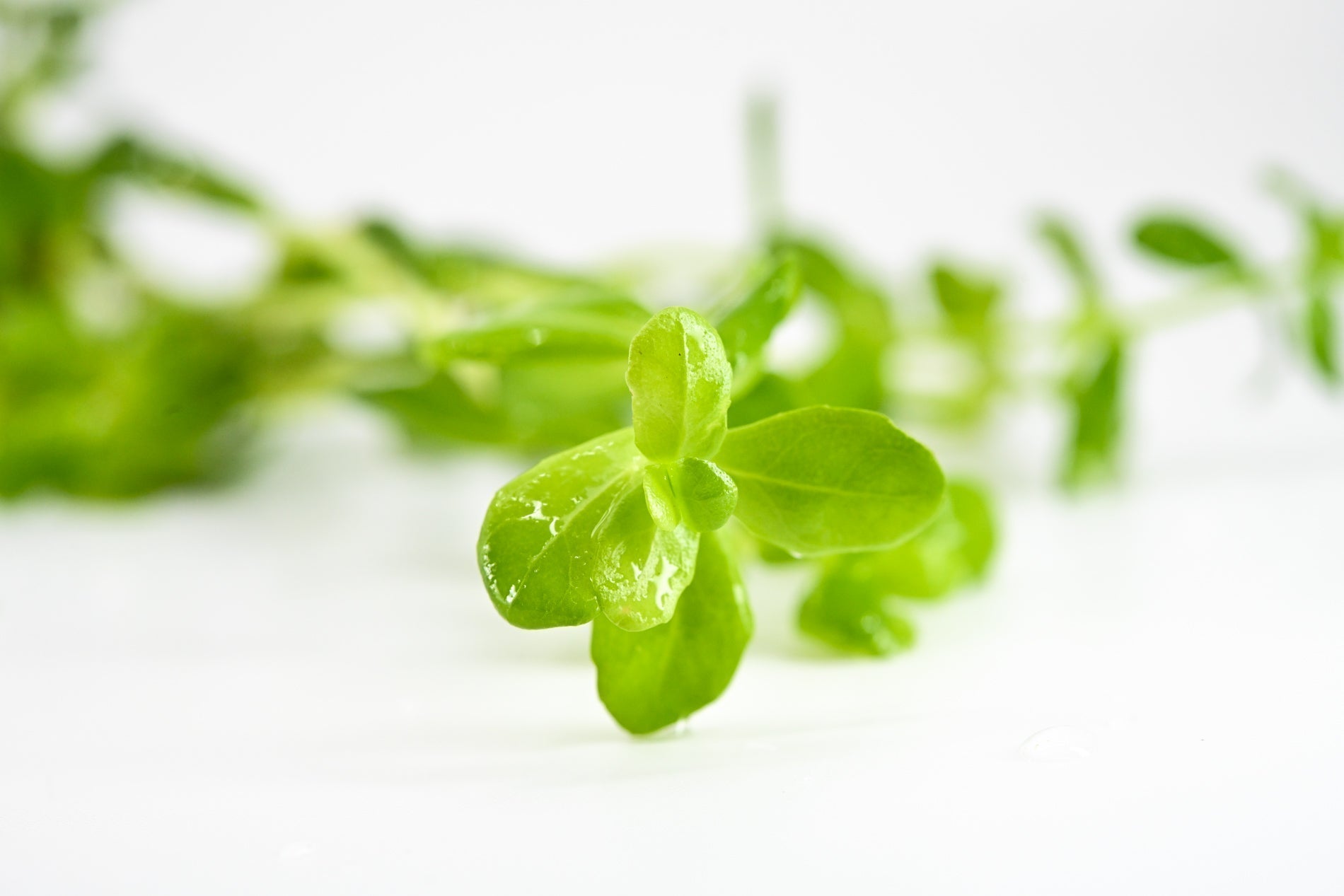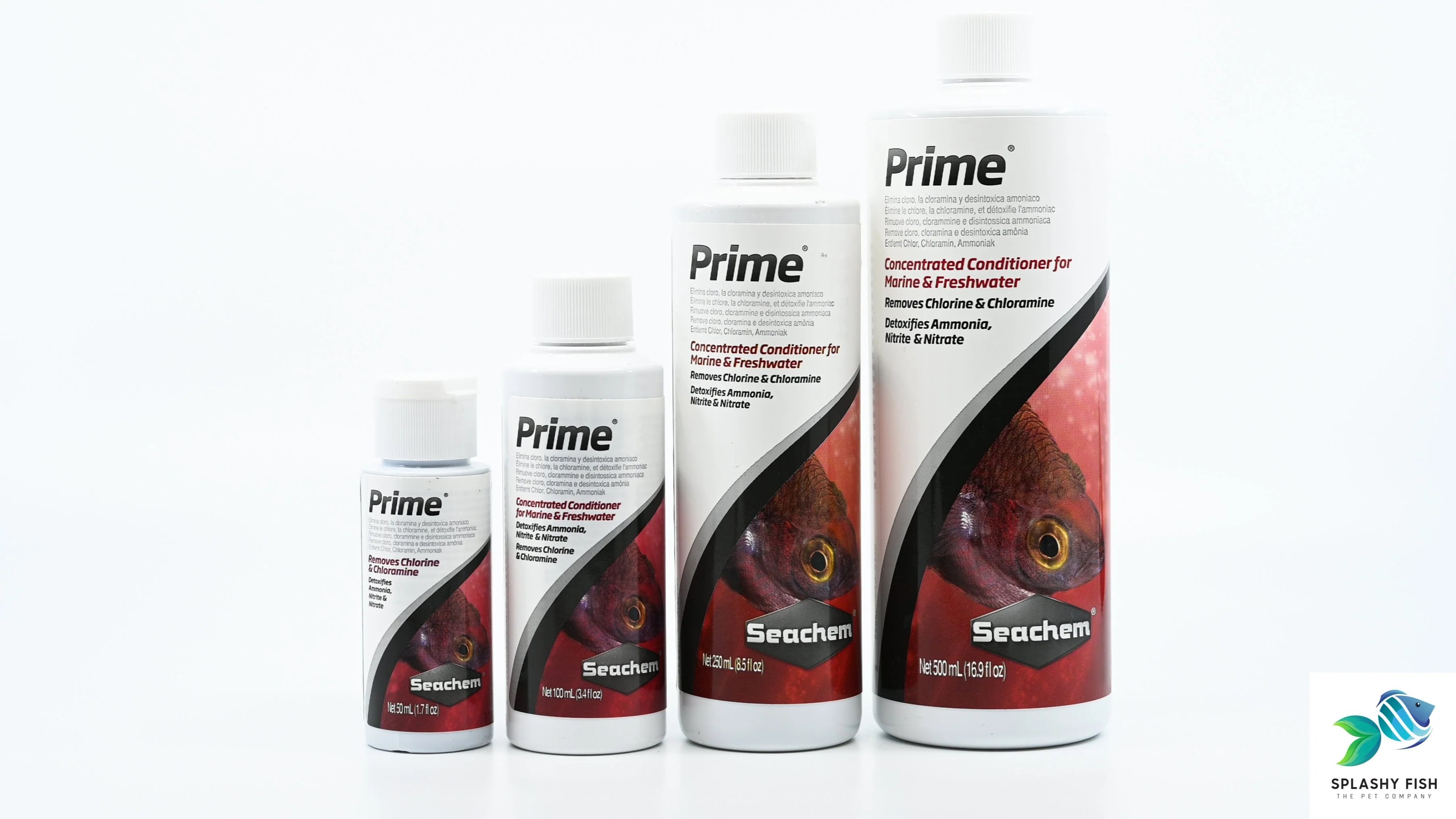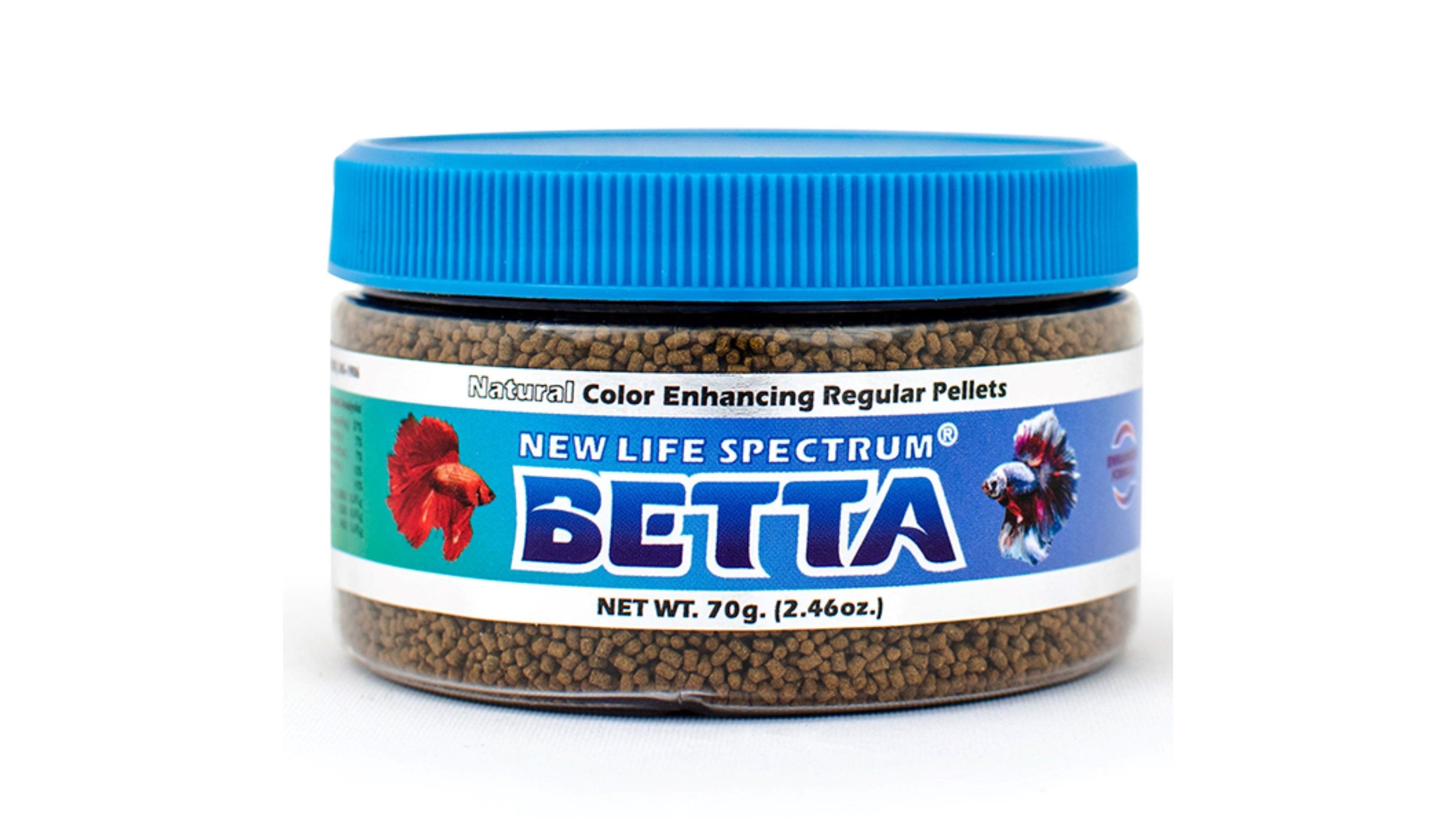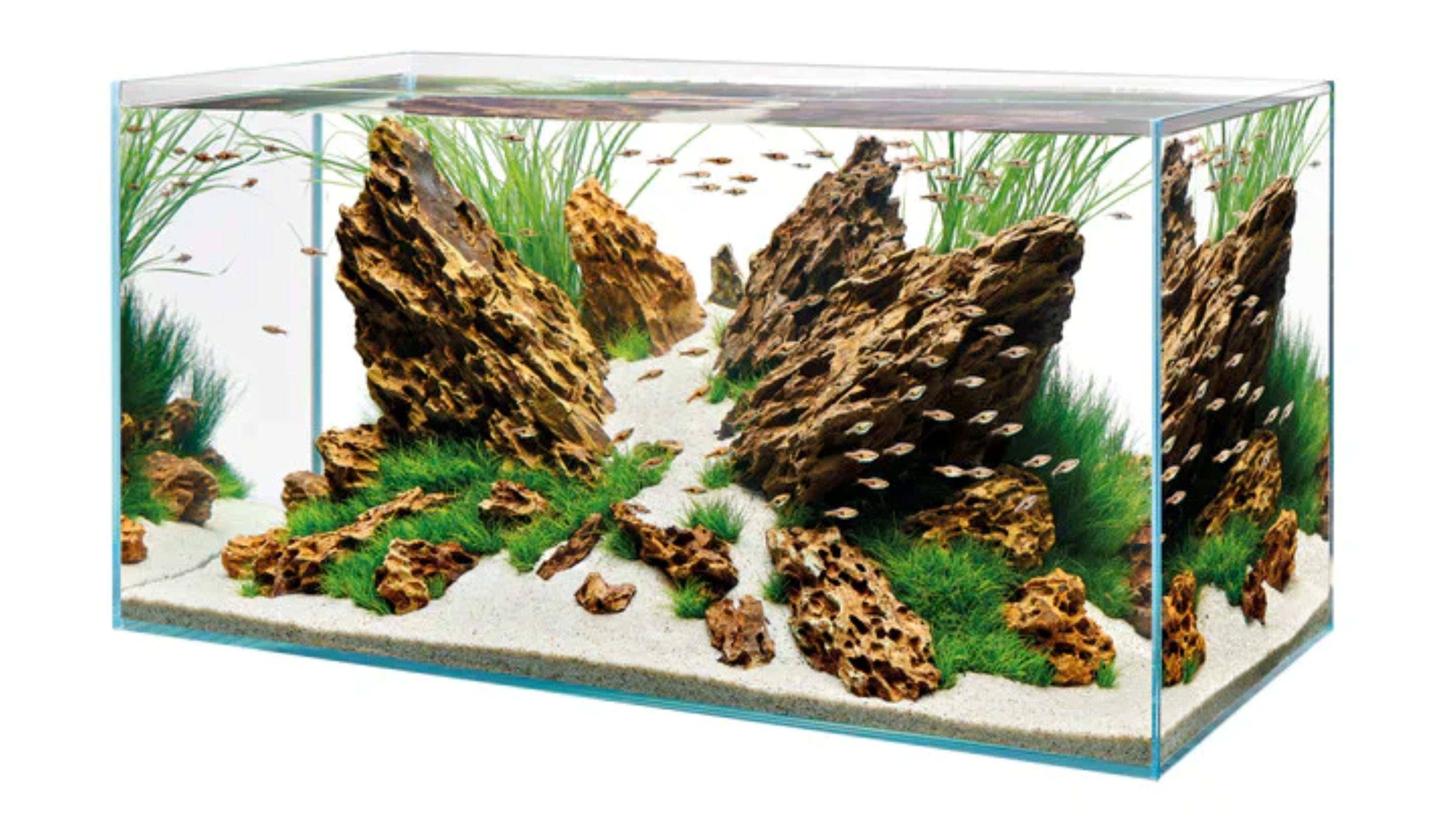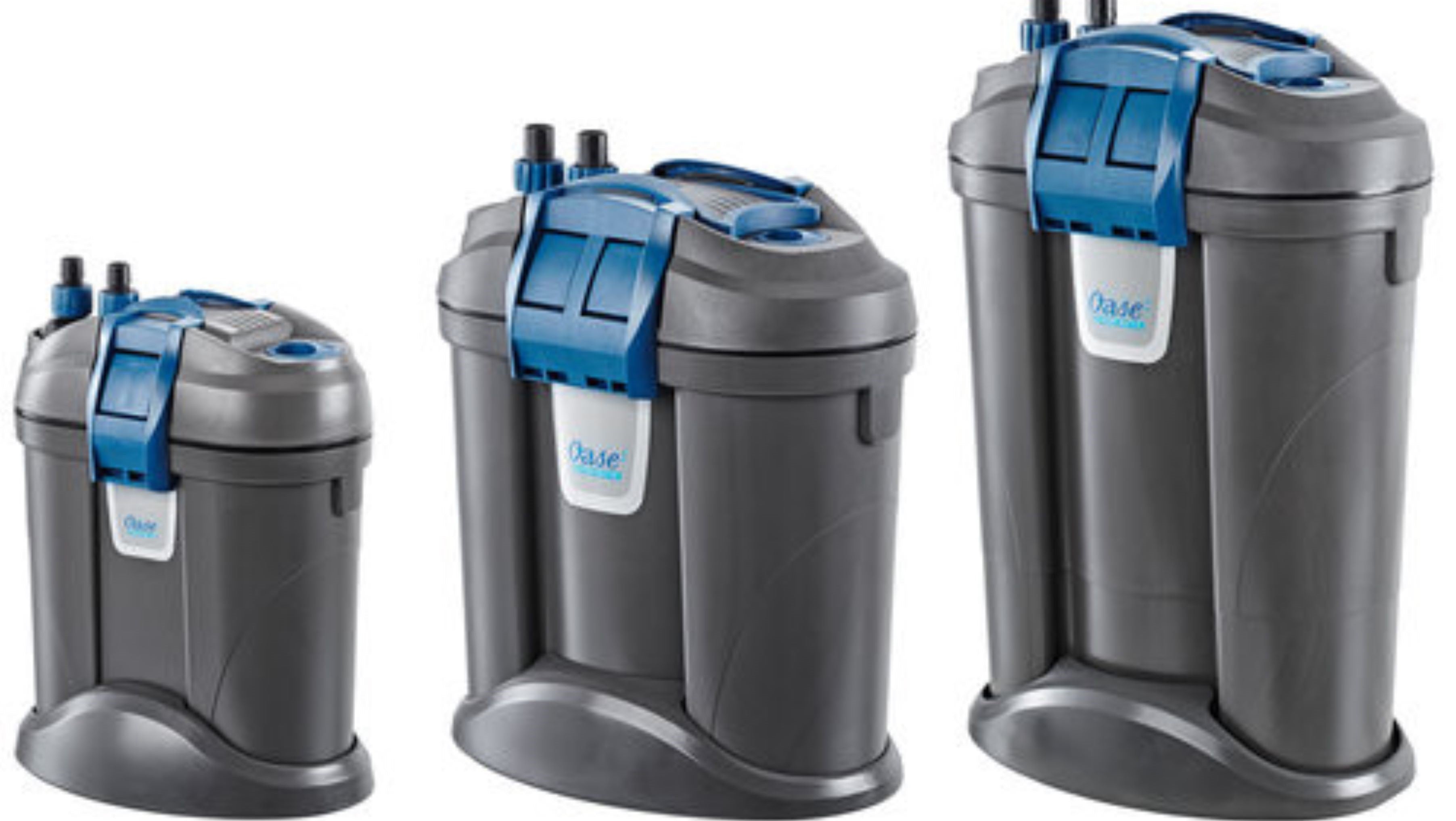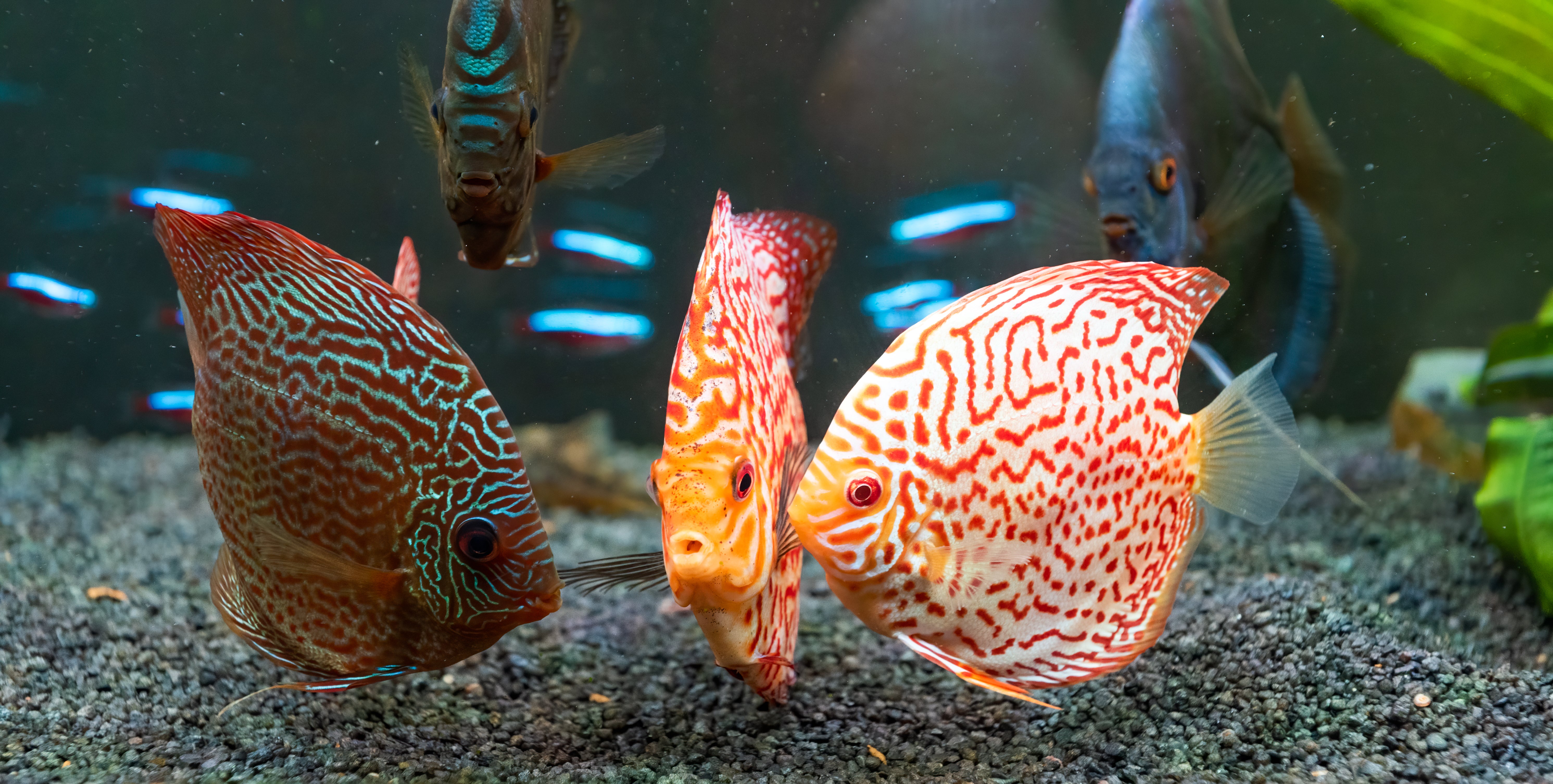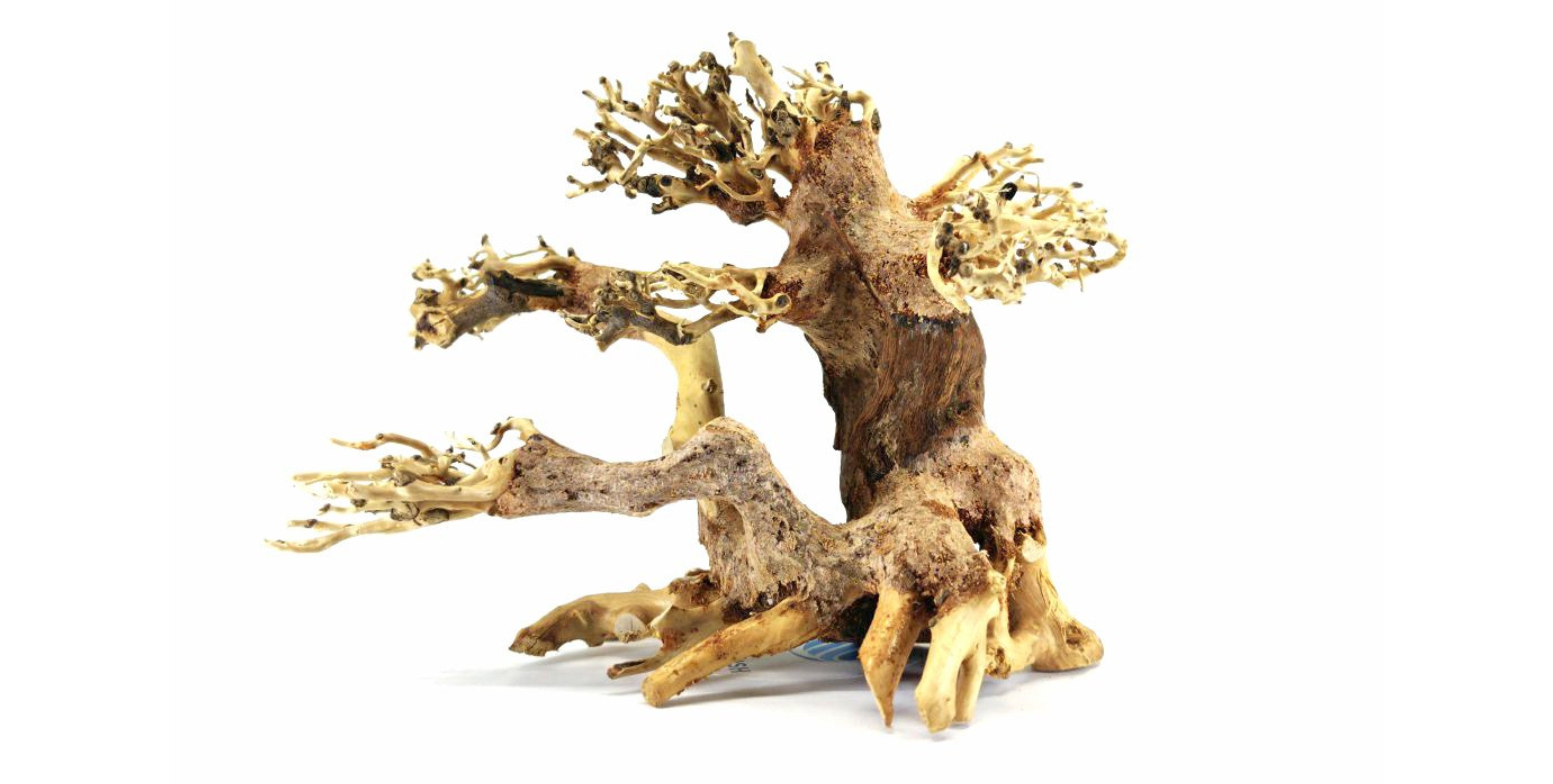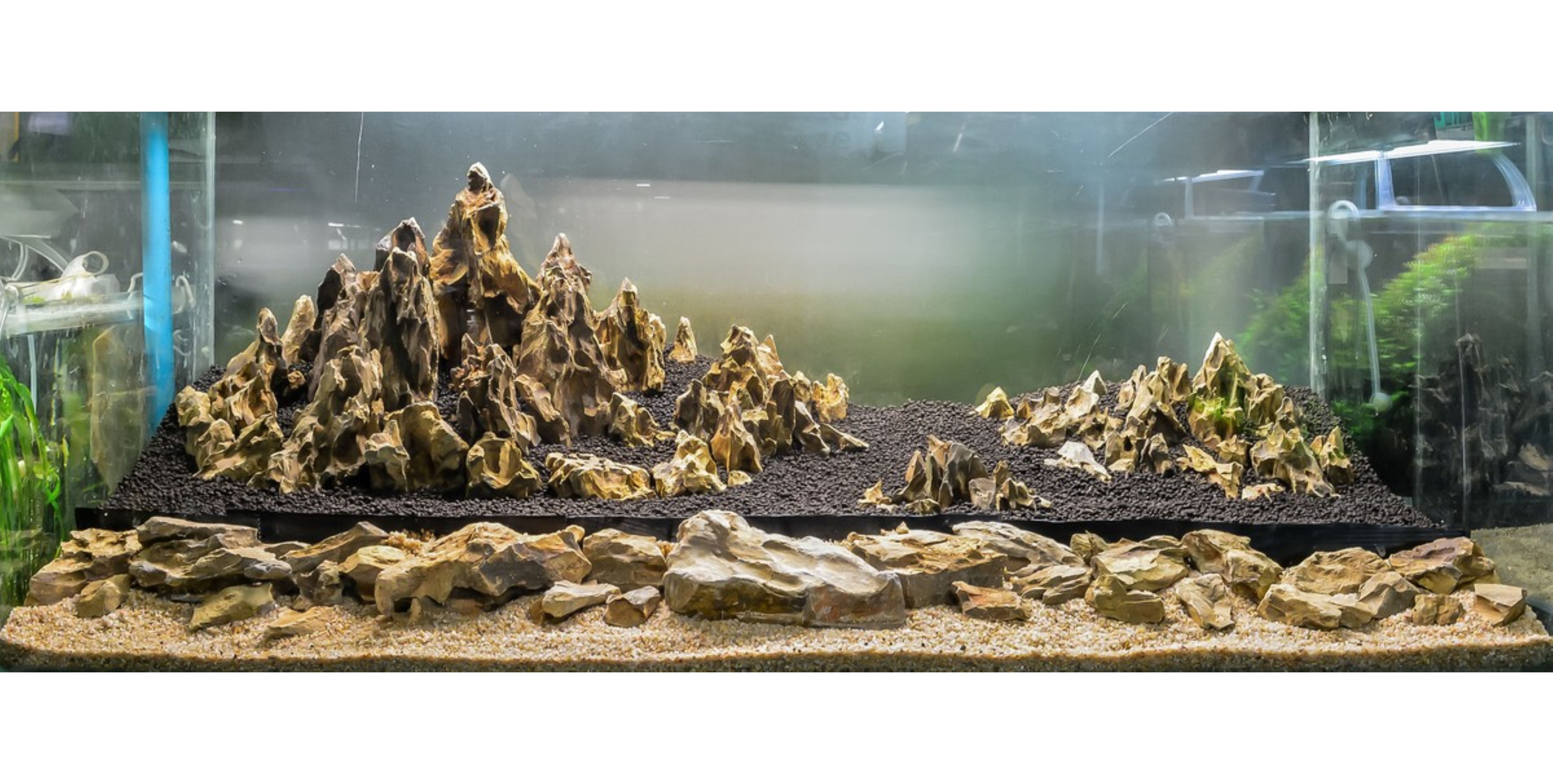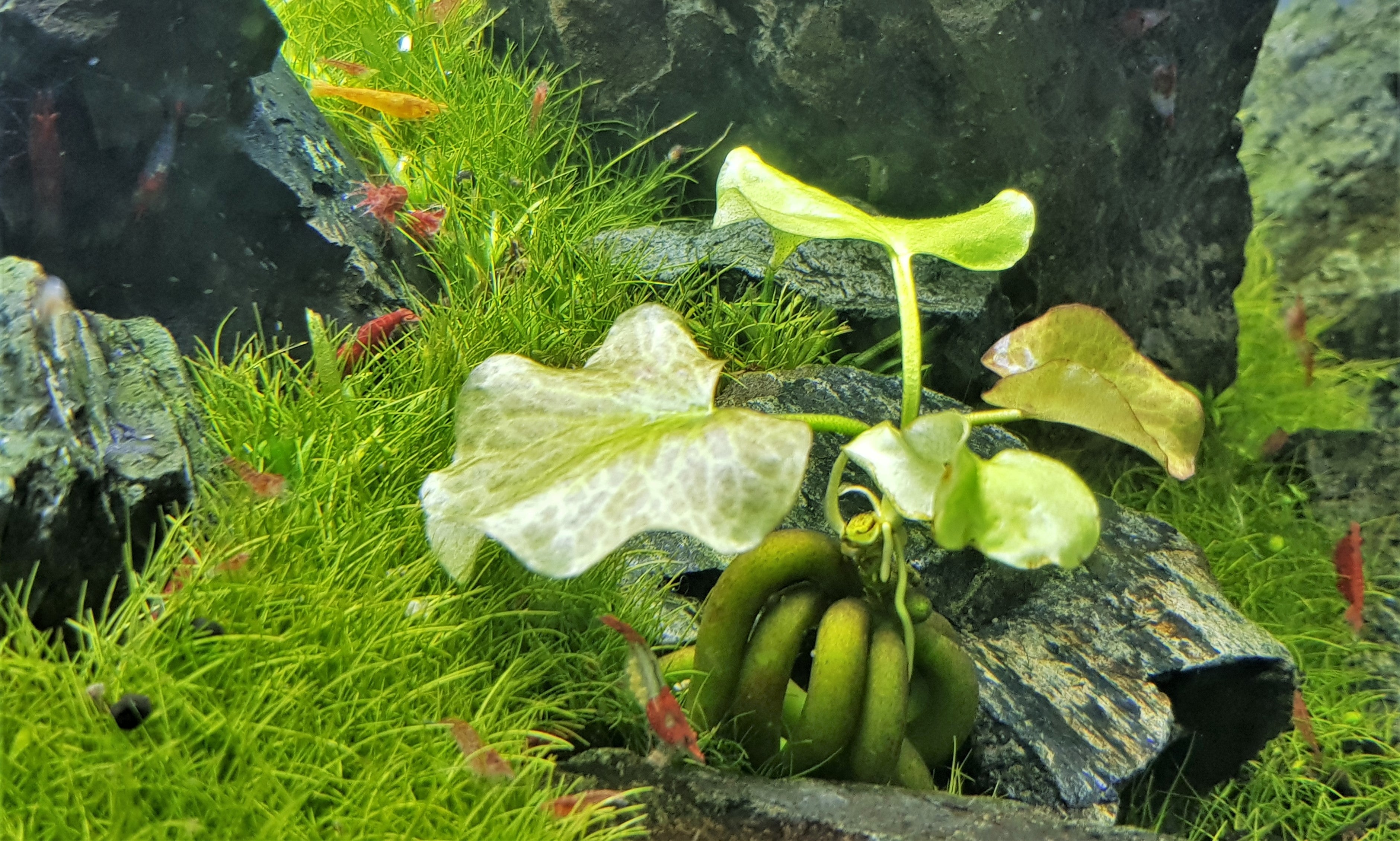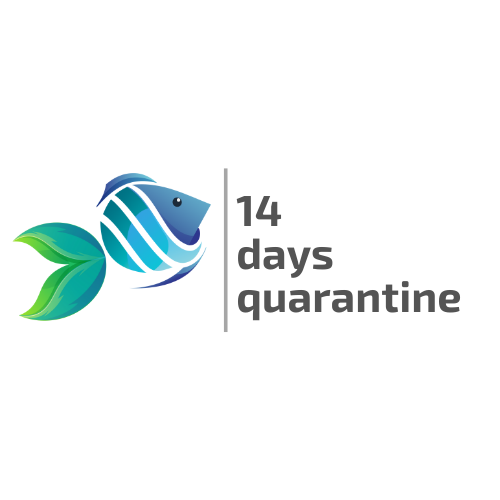Table of Contents
If you're looking for a unique aquatic plant to elevate your tank's appearance and support a healthier ecosystem, the banana plant aquarium species (Nymphoides aquatica) is a must-have. With its iconic banana-shaped tubers and lush green leaves, this plant adds charm to any aquascape—from beginner setups to pro-level planted tanks.
This comprehensive guide covers every aspect of banana plant care, including planting tips, lighting, fertilization, propagation, compatibility, and advanced growth strategies—so you can enjoy a thriving, banana plant aquarium full grow setup.
What is the Banana Plant Aquarium Species?
The aquarium banana plant is an aquatic plant native to the southeastern United States, particularly Florida and surrounding wetlands. Belonging to the water lily family (Nymphaeaceae), its defining feature is its tuberous roots that resemble a bunch of bananas. These tubers store nutrients and anchor the plant in place, giving it a distinctive appearance and allowing it to survive in a range of tank conditions.
- Scientific Name: Nymphoides aquatic
-
Family: Menyanthaceae (or Nymphaeaceae, depending on classification)
-
Growth Type: Rosette, rhizomatous
-
Maximum Height: Up to 12 inches (30 cm)
- Placement: Foreground to midground

Benefits of Adding Banana Plants to Your Aquarium
Adding an aquatic banana plant to your tank brings several benefits:
- Natural Filtration: Absorbs excess nutrients, reducing algae growth.
- Visual Appeal: Eye-catching with its banana-shaped tubers and surface-reaching leaves.
- Habitat Enhancement: Offers shelter and cover for small fish and fry.
- Oxygen Production: Improves oxygen levels in well-lit tanks.
- Great for Beginners: Low-maintenance and adaptable.
Banana Plant Care Essentials
Let’s dive deeper into the exact care needs to ensure your banana aquarium plant thrives long-term.
Lighting Requirements for Optimal Growth
Banana plants are photophilic, meaning they love light. For healthy growth and to encourage the development of floating lily-like leaves, provide:
- Moderate to high lighting (30–50 PAR)
- Light duration: 8–10 hours/day
- Full-spectrum LED or fluorescent plant lights are ideal.
Under higher lighting conditions, the plant may send up vertical stalks that produce surface leaves—contributing to that banana plant aquarium full grow look.
Ideal Water Parameters
|
Parameter |
Range |
|
Temperature |
68°F to 82°F (20–28°C) |
|
pH Level |
6.5 to 7.5 |
|
General Hardness (GH) |
3–8 dGH |
|
Carbonate Hardness (KH) |
3–6 dKH |
|
Water Flow |
Low to moderate |
Banana plants prefer stable water conditions. Avoid high currents or frequent disturbance around their roots.
Fertilization & CO₂
While this freshwater plant can survive without special care, to achieve full, lush growth, supplementation is highly recommended:
- Liquid fertilizers containing iron, potassium, and micronutrients are essential.
- Root tabs can be added near the base (avoid directly under the tubers).
- CO₂ injection: Optional, but helps produce broader, greener leaves and accelerates vertical growth.
How to Plant Banana Plants in Aquarium: Step-by-step
One of the most common mistakes beginners make when adding a banana plant aquarium species to their tank is burying the tubers. To avoid rot and ensure strong growth, follow these steps for proper planting:
-
Rinse the plant thoroughly
Before planting, rinse off any debris or gel from the roots and tubers if they come in a gel-packed tissue culture or from a store. -
Place the tubers above the substrate
The banana-shaped tubers should rest on top of the gravel or substrate, not underneath. These tubers are storage organs and can rot if buried. -
Anchor the plant by the roots
Gently push the roots (if present) into the substrate, just enough to keep the plant from floating. If the plant is newly purchased and lacks roots, use a small plant weight, rock, or driftwood to keep it in place temporarily. -
Choose a calm spot
Plant your aquarium banana plant in an area with low to moderate flow so that it doesn’t get uprooted by water current or active fish. -
Allow the plant to acclimate
The banana plant may lose a leaf or two during the acclimation period. As long as the tubers are firm and the plant begins to anchor itself, it’s on the right path. -
Watch for new root development
Within 1–2 weeks, the plant should begin sending out new roots that grip the substrate, followed by new leaves. Once stable, you can remove any support you initially used.
Bonus Tip:
To encourage faster rooting and early growth, place a plant root tab a couple of inches away from the base (but not directly under the tubers). This boosts nutrient availability without risking tuber rot.
Propagation Guide: How to Multiply Your Banana Plant
Banana plant care also includes propagation techniques for expanding your aquascape naturally.
- Wait for the plant to produce runners with mini-plantlets at the tip.
- Once the daughter plant forms 2–3 leaves and roots, cut the runner using sterile scissors.
- Replant in another spot, lightly anchoring it on the substrate.
- Ensure adequate lighting and nutrients for successful rooting.
Common Problems & Solutions
|
Issue |
Fix |
|
Tubers rotting |
Don't bury them—place them on top of the substrate. |
|
Slow growth |
Increase lighting and fertilization. |
|
Leaves melting after planting |
Normal acclimation; trim dead leaves and wait for regrowth. |
|
Yellowing leaves |
Boost iron and micronutrient intake with liquid ferts. |
|
Floating plant |
Anchor with rocks or use a plant weight until roots grip. |
Compatible Tank Mates
The banana aquarium plant is peaceful and compatible with:
- Tetras, Rasboras, Danios
- Guppies, Platies, Mollies
- Bettas (especially in low-flow tanks)
- Dwarf Gouramis
- Cherry Shrimp, Amano Shrimp, Nerite Snails
Avoid:
These aggressive or destructive species may damage or eat the tubers and leaves.

Pro Aquascaping Tips
- Use banana plants to contrast with finer-leafed plants like Cabomba or Hornwort.
- Combine with Java Moss or Anubias for a layered midground.
- Create a tropical effect by allowing floating leaves to cover 1/3 of the tank surface.
- Position the plant where fish like to hide underneath broad leaves.
Conclusion
Whether you're starting your first aquascape or upgrading a mature tank, the banana plant aquarium species is a standout addition. With its tropical look, hardy nature, and easy care routine, this aquatic banana plant fits right into beginner-friendly and professional setups alike.
By following the right techniques for banana plant care—including correct planting, balanced lighting, and nutrient supplementation—you’ll enjoy fast growth, unique surface leaves, and even the occasional flower bloom in open tanks. Plus, this plant's ability to oxygenate water and create natural shelters for fish and shrimp makes it both beautiful and functional.
Visit Splashy Fish tropical fish store to buy high-quality Banana plant for sale and other live aquatic plants for sale online or at our aquarium store in Virginia for more freshwater fish for sale, freshwater shrimp for sale, and aquarium supplies.
Banana Plant Care Frequently Asked Questions (FAQs)
Do Banana plants have flowers in aquarium?
Yes, banana plants (Nymphoides aquatica) can flower in aquariums—especially in open-top setups with high light. The plant sends long stalks to the surface, where it may bloom with small, star-shaped yellow flowers.
Why is my Banana plant floating?
Your banana plant is likely floating because it hasn’t rooted yet or was disturbed by tank activity. Gently re-anchor it by placing the tubers on top of the substrate and lightly burying the roots. Use a small rock or plant weight if needed until the roots establish.
What is the biggest size of Banana plant in aquarium?
A fully grown banana aquarium plant can reach up to 12 inches (30 cm) in height. The floating leaves can extend even further if the plant sends stalks to the water surface, especially in deep or open tanks.



